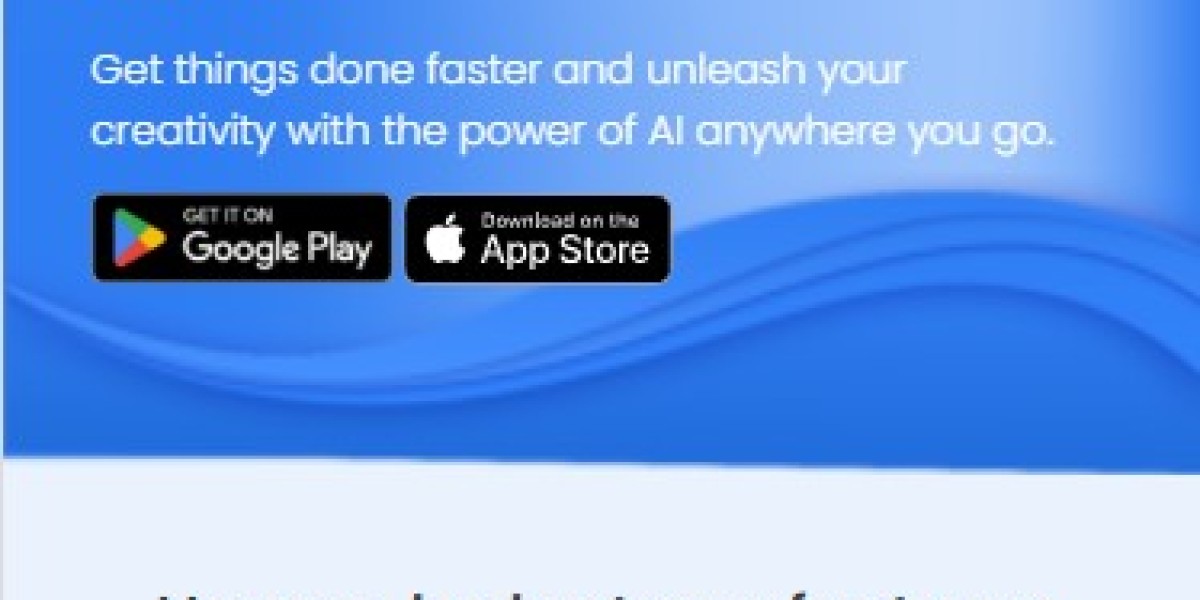Introduction
The workplace of the future is not just digital—it’s interactive. Gamification involves applying game-design elements such as points, leaderboards, and rewards to traditionally non-game activities. When applied to human resource management, gamification can drive employee engagement, create a culture of continuous learning, and make routine HR tasks more enjoyable and effective.
Key Areas Where Gamification Enhances HRM
1. Recruitment and Onboarding
Gamified assessments help recruiters evaluate candidates through challenges and simulations. New hires can also be onboarded with interactive modules that turn boring orientations into engaging quests.
2. Learning and Development
Employees learn faster when training includes levels, badges, or instant feedback. For example, a sales training program with levels and quizzes can improve knowledge retention and morale.
3. Performance Management
Leaderboards and achievement tracking turn mundane performance metrics into a game. Employees are motivated to improve when they can see their progress in real-time and compete in a friendly way with peers.
4. Employee Wellness Programs
Wellness challenges that reward fitness milestones or healthy habits encourage employee participation and reinforce company culture.
Benefits of Gamification in HRM
Increased Motivation: Employees feel more invested when they are recognized and rewarded.
Higher Retention: A gamified workplace improves satisfaction and reduces turnover.
Improved Feedback Loops: Instant rewards and performance dashboards create faster feedback cycles.
Enhanced Collaboration: Team-based challenges improve communication and teamwork.
Gamification and HRMS Integration
Modern human resource management systems now offer built-in gamification features, allowing HR teams to monitor progress, trigger achievements, and analyze employee performance data—all in one platform.
Challenges in Implementing Gamification
Over-Gamification: Too many game elements can feel artificial or distract from real goals.
One-size-fits-all Pitfall: Not all employees are motivated by games; personalization is key.
Cultural Fit: The style of gamification should align with your organization's culture and values.
Real-World Examples
Google’s travel expense game encouraged employees to save on business travel by allowing them to keep a portion of the unspent budget.
Deloitte’s Leadership Academy used badges and leaderboards to drive participation and completion in online training programs.
Conclusion
Gamification is more than just fun—it’s a strategic tool for increasing engagement and achieving business goals. When used wisely, it can transform how HR operates by making every aspect of the employee journey interactive and rewarding. In the evolving world of
Introduction
The workplace of the future is not just digital—it’s interactive. Gamification involves applying game-design elements such as points, leaderboards, and rewards to traditionally non-game activities. When applied to human resource management, gamification can drive employee engagement, create a culture of continuous learning, and make routine HR tasks more enjoyable and effective.
Key Areas Where Gamification Enhances HRM
1. Recruitment and Onboarding
Gamified assessments help recruiters evaluate candidates through challenges and simulations. New hires can also be onboarded with interactive modules that turn boring orientations into engaging quests.
2. Learning and Development
Employees learn faster when training includes levels, badges, or instant feedback. For example, a sales training program with levels and quizzes can improve knowledge retention and morale.
3. Performance Management
Leaderboards and achievement tracking turn mundane performance metrics into a game. Employees are motivated to improve when they can see their progress in real-time and compete in a friendly way with peers.
4. Employee Wellness Programs
Wellness challenges that reward fitness milestones or healthy habits encourage employee participation and reinforce company culture.
Benefits of Gamification in HRM
Increased Motivation: Employees feel more invested when they are recognized and rewarded.
Higher Retention: A gamified workplace improves satisfaction and reduces turnover.
Improved Feedback Loops: Instant rewards and performance dashboards create faster feedback cycles.
Enhanced Collaboration: Team-based challenges improve communication and teamwork.
Gamification and HRMS Integration
Modern human resource management systems now offer built-in gamification features, allowing HR teams to monitor progress, trigger achievements, and analyze employee performance data—all in one platform.
Challenges in Implementing Gamification
Over-Gamification: Too many game elements can feel artificial or distract from real goals.
One-size-fits-all Pitfall: Not all employees are motivated by games; personalization is key.
Cultural Fit: The style of gamification should align with your organization's culture and values.
Real-World Examples
Google’s travel expense game encouraged employees to save on business travel by allowing them to keep a portion of the unspent budget.
Deloitte’s Leadership Academy used badges and leaderboards to drive participation and completion in online training programs.
Conclusion
Gamification is more than just fun—it’s a strategic tool for increasing engagement and achieving business goals. When used wisely, it can transform how HR operates by making every aspect of the employee journey interactive and rewarding. In the evolving world of human resource management, gamification is a game-changer.
, gamification is a game-changer.






